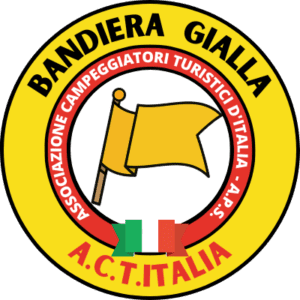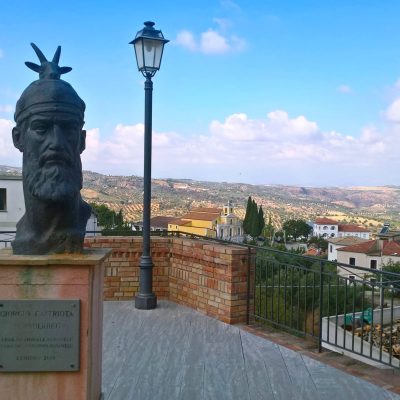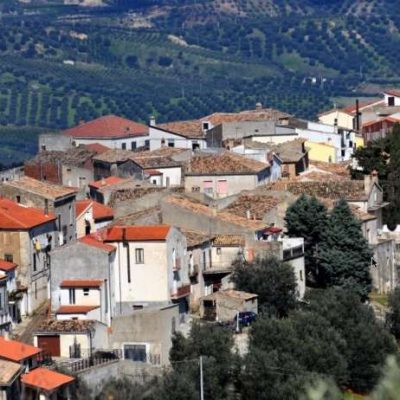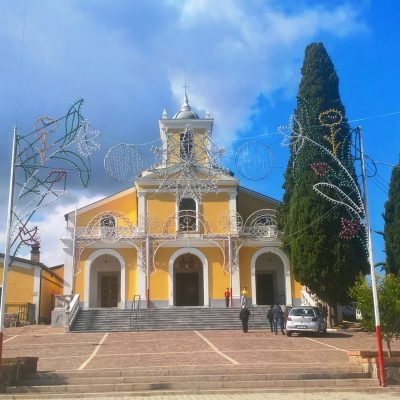San Cosmo Albanese

The Staging Area
Municipal Camper Stop Area with 7 Camper Pitches in San Cosmo Albanese (CS). Open year-round, equipped with the following facilities: loading/unloading, power, services. Lighted but unfenced area. Present barbeque and picnic area. There is an illuminated unfenced and unserviced parking lot nearby: it is possible to use the area’s camper service while stopping in the second parking lot.
Address:
GPS COORDINATES:
39°35’7.710” N – 16°25’11.190” E
CONTACTS:
Tel: +39 0983 84060
All Services

Entrance fee

Annual Opening

Electrical Connection

Water Load

Waste Water Discharge

Services for the Disabled

Toilet facilities

Showers

Asphalt Bottom

Bar

Restaurant and Pizzeria

Workshop

Illuminated Area

ATM

Playground

Picnic Area

Shuttle Bus Service

Pets Allowed

WiFi
More Info
San Cosmo Albanese is a small Arbëreshë community in Calabria, part of the Eparchy of Lungro, and maintains its culture, language, customs and Byzantine rite, precious peculiarities inherited from its ancestors. In Albanian it is called Strighari, derived from the name of a leader from the town of Stura in Albania.
The sanctuary of Saints Cosmas and Damian on Sanctuary Street, a Baroque-era building erected on the remains of an ancient monastery, represents one of the artistic jewels of the Arbëreshë communities. The church contains a series of interesting Byzantine frescoes by Cretan painter Niko Gianakakis and mosaics by the Mellini art workshop in Florence that symbolize the most significant aspects of divine intervention in the world and the Greek-Byzantine liturgy.
The patronal feast begins on September 18 with the exposition of Saints Cosmas and Damian and concludes on September 27 with the divine liturgy presided over by the bishop. On the second Sunday in November the feast is repeated according to the Byzantine calendar. The shrine can be visited daily from 8 a.m. to 7 p.m., and every Sunday at 10:30 a.m. the divine liturgy is celebrated.
The Sts. Peter and Paul Mother Church is located in the historic center on Pope John XXIII Street. Its origin goes back to the 15th century and was opened for worship as a parish church for the faithful of the Greek-Byzantine rite in 1600.















